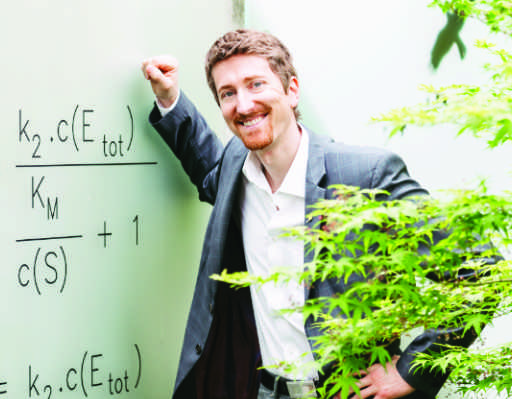Model the reaction, not just the protein: Our analysis yields the residues that actually change catalysis, providing you with decision-ready mutation shortlists. Each variant comes with risk–opportunity notes, expected trade-offs, and next-step assays, so you commit resources where the likelihood of impact is highest
Background
Technology
Compared with methods that rely mainly on global stability or sequence evolution, our workflow includes hybrid quantum mechanics/molecular mechanics (QM/MM) methodologies and explicitly incorporates features of the catalytic process, enzyme dynamics, and environmental factors such as cofactors, post-translational modifications, and solvent. The result is a concise, mechanistically reasoned shortlist that is directly actionable for validation.
We complement our ranking with chemically-intuitive information derived from molecular dynamics simulations under biological conditions, providing atomic-level rationale for recommended mutations and a clear path to experimental testing.

